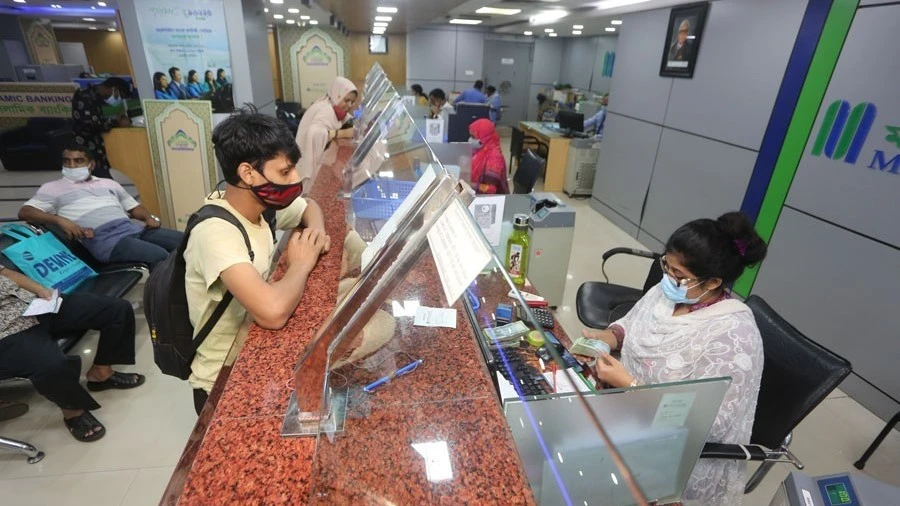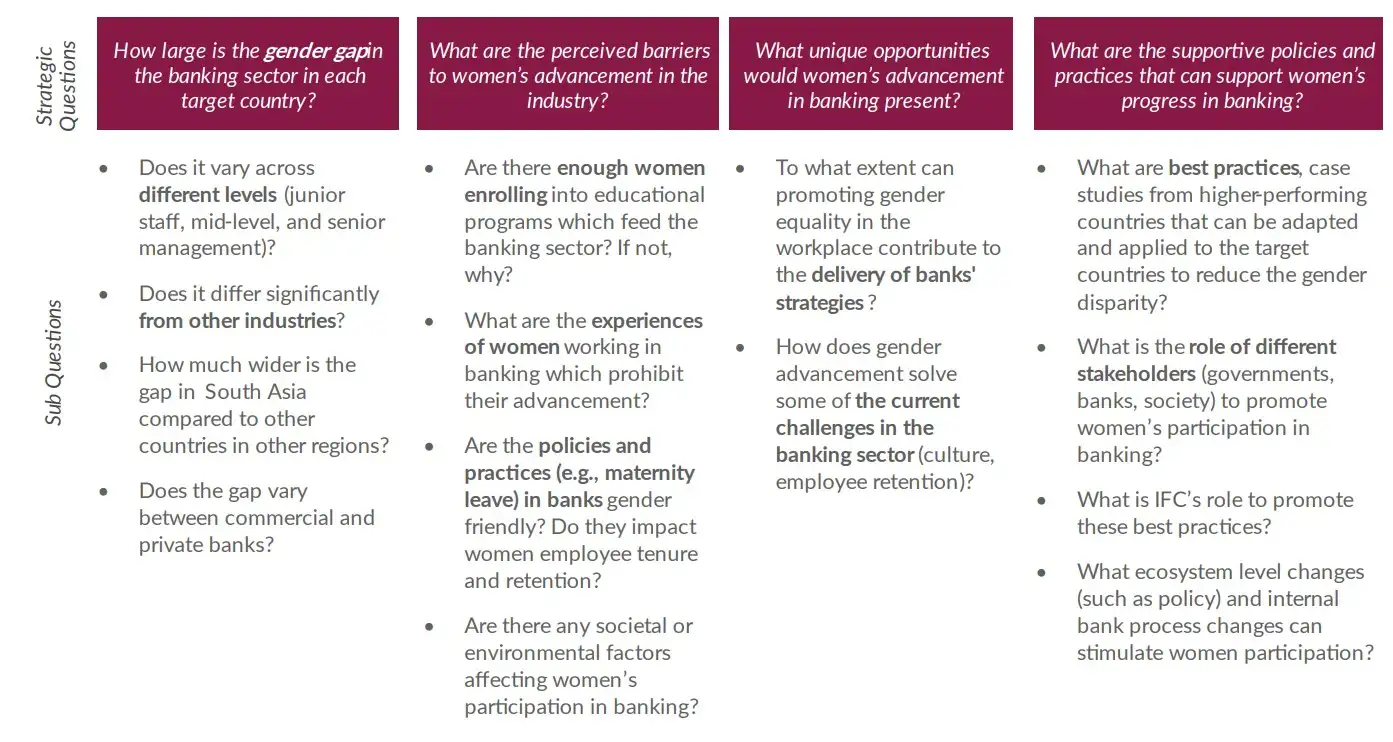GET IN TOUCH
- Please wait...

Image Collected from The Financial Express
The participation of female workers in the South Asian labor force remains rather limited, constituting only about 25.6% of the total workforce as of 2023, a figure notably lower than 74.7% represented by men. Predominantly, women in the workforce are more engaged in the informal sector, primarily due to lower literacy rates in the region. As of 2022, the highest labor force participation by women labor force participation was observed in Nepal and Sri Lanka, standing at 38.1% and 34.2%, respectively. In contrast, women’s participation in the labor force in India was only 23.5%. A significant proportion of these women work in the agriculture sector, thus serving as the predominant field of employment in the South-Asian region. Additional sectors encompass garment factories, home-based garment production, domestic work, street vending, beauty salons, rickshaw driving, carpet factory labor, and others. Women’s participation in the private sector is significantly lower in South Asia, where only 10.3 percent of the private sector companies feature women in senior leadership positions.
In 2022, the overall participation of women in the domestic labor force was 37.7%, considerably lower than that of its male counterpart. Specifically within our banking sector, women’s participation stands at 16.32%, experiencing a marginal increase from 16.28%, as indicated by Bangladesh Bank. Despite this increase, women’s employment in Bangladesh’s banking sector still lags behind that of its neighboring countries. This further reflects the need for substantial changes for greater employment opportunities for women within the sector. Hindrances, such as intricate hiring procedures, are just one of many challenges women face ultimately curbing their enthusiasm to pursue careers in banking. Moreover, the absence of support from senior management also impedes their career growth, acting as a demotivating factor for entry into the industry. Thus, it is crucial to address such systemic barriers at the social, institutional, and policy levels and implement an efficient and representative hiring process adopted by banks to include more female workers in their workforce.
With this backdrop, The International Finance Corporation (IFC), a part of the World Bank Group, recently launched a study to understand the career progression, available opportunities, and support needed for employees, especially women, in advancing their careers in the banking and financial services sector in South Asia. IFC commissioned this study to a consortium featuring Dalberg, International Development Institute (IDI), Convergent View Research & Consultancy Pvt Ltd., and LightCastle Partners to promote women’s advancement in the banking sector across Nepal, Bangladesh, India, and Sri Lanka. The goal went beyond documenting the gender gap; it aimed to identify incentives for bridging it. LightCastle was solely responsible for the research and landscaping of the Bangladesh banking sector.
For this comprehensive research study, the team adopted a mixed-methods approach centered around four key questions to construct a research framework to understand the under-representation of women in the banking sector across Nepal, Bangladesh, India, and Sri Lanka. The research emphasized identifying barriers and strengths, considering variables such as geographic, sectoral, hierarchical, firm vs ecosystem perspectives, and gender dynamics.

The partners began the research study with an extensive desk review to formulate pre-deployment hypotheses, identify gaps, and gain clarity on the primary research instrument, informed by a baseline snapshot of their assigned countries. Furthermore, large-scale surveys were undertaken across all four countries, centering on human resources policies and practices and staff perceptions in state and commercial banks. Expert and stakeholder multi-country interviews involving key individuals within the ecosystems were undertaken to shape early hypotheses. Focus group discussions were conducted engaging senior stakeholders from the banking sector, associations, and other industries. This approach resulted in the triangulation of multi-country-wide results, complementing quantitative findings.
Along with providing the country-level assessment, LightCastle employed benchmarking and best practice case studies to assess gender disparity and identify successful policies and ensured that recommendations were firmly grounded to provide a holistic overview of women’s participation in the banking sector labour market in Bangladesh.
In addition to this assessment, LightCastle Partners investigated the gender gaps and prospects in the sector by addressing key research questions and presenting a nuanced view of current industry trends and areas of concern. This assessment is expected to lead to the development of interventions from the firm level to the ecosystem level in each country, extending outcomes beyond research and recommendations. Through this project, IFC expects to support the creation of more inclusive workplaces in the financial services industry, specifically driving retention and advancement of women employees.
[1] World Economic Forum. (2023, June). Global Gender Gap Report 2023. World Economic Forum.
[3] Care. (2017). A Study on Women Working in Informal Sectors in Nepal.
[4] The World Bank. (n.d.). Enterprise Surveys. World Bank.
[5] The World Bank. (2023). Bangladesh. World Bank Gender Data Portal.
[6] Bangladesh Bank. (2023). Gender Equality Report (January – June 2023).
Our experts can help you solve your unique challenges